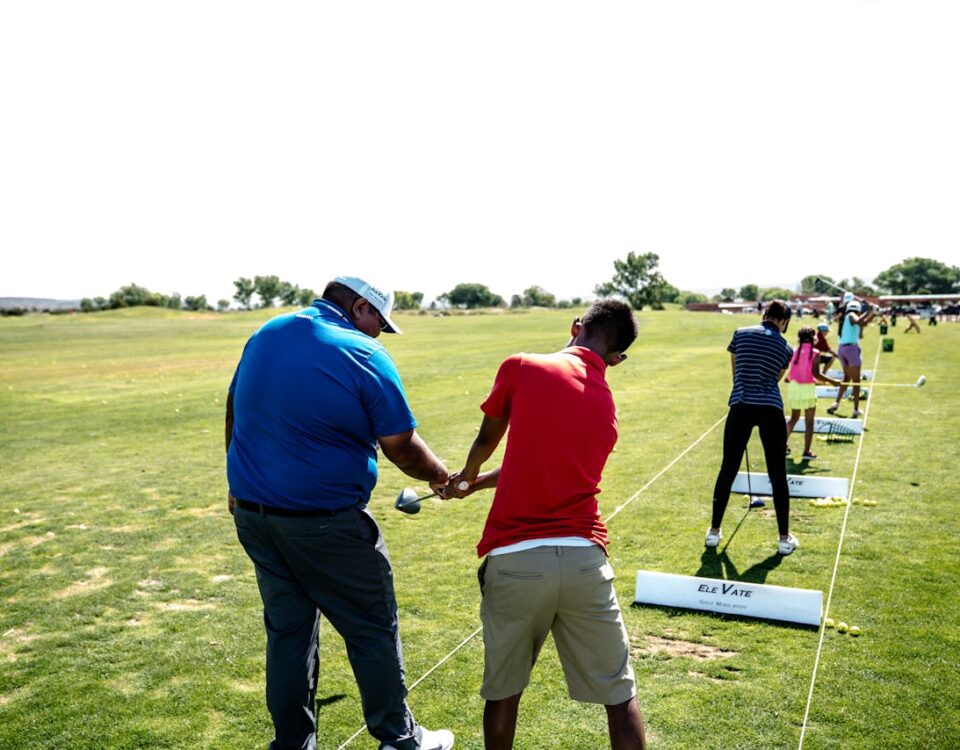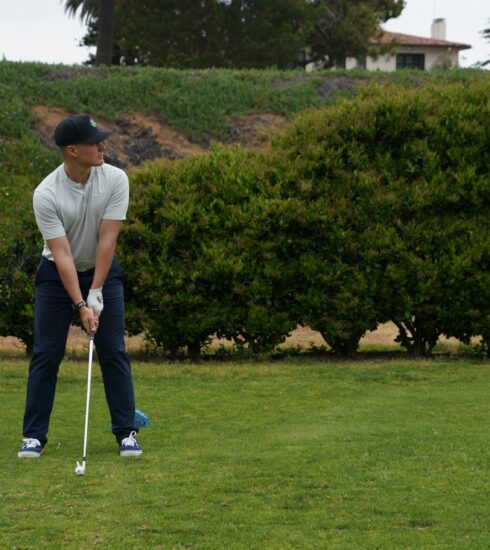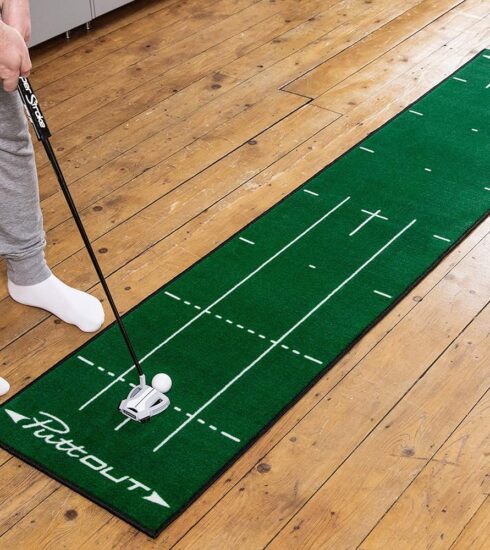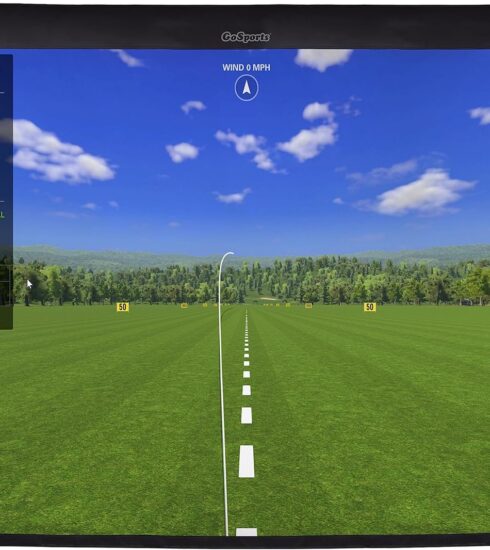The Perfect Golf Practice Routine for Beginners On the Cheap
Building a solid golf practice routine for beginners doesn’t have to be expensive. Many people assume that improving at golf requires costly lessons, premium memberships, and brand-new gear, but that’s simply not true. With the right approach, you can sharpen your skills without draining your wallet. This guide covers practical, budget-friendly strategies to help you practice smarter, whether you have access to a course or need to train at home. From free practice areas to structured drills and affordable equipment choices, here’s everything you need to start improving today.
Key Takeaways
- You don’t need to spend a lot to improve at golf.
- Free practice areas, home setups, and structured routines can help.
- Small investments in used gear and budget-friendly accessories go a long way.
- Smart planning at the driving range maximizes your practice time.
- Affordable lessons and online resources can sharpen your skills.
This post contains affiliate links. If you purchase through these links, I may earn a small commission at no additional cost to you. Your support helps keep this site running—thank you!
1. Leverage Free Practice Areas
Golf can be expensive, but not all practice has to be. Many courses allow access to their putting and chipping greens for free, and that’s where you should start. Your short game is what actually lowers your score, so spending hours here is better than mindlessly smashing drives.

What to Practice?
- Short Putts (3-6 feet) – Mastering these saves strokes fast.
- Lag Putts (30-40 feet) – Get comfortable controlling distance.
- Chipping & Pitching – Work on different club selections.
- Bunker Play – Many courses let you practice sand shots.
Even if you can’t access a free practice green, some parks have flat grass areas where you can practice chipping.
2. Create a Home Practice Setup
Not everyone has the time or money to visit a course frequently. The solution? Bring golf practice home.
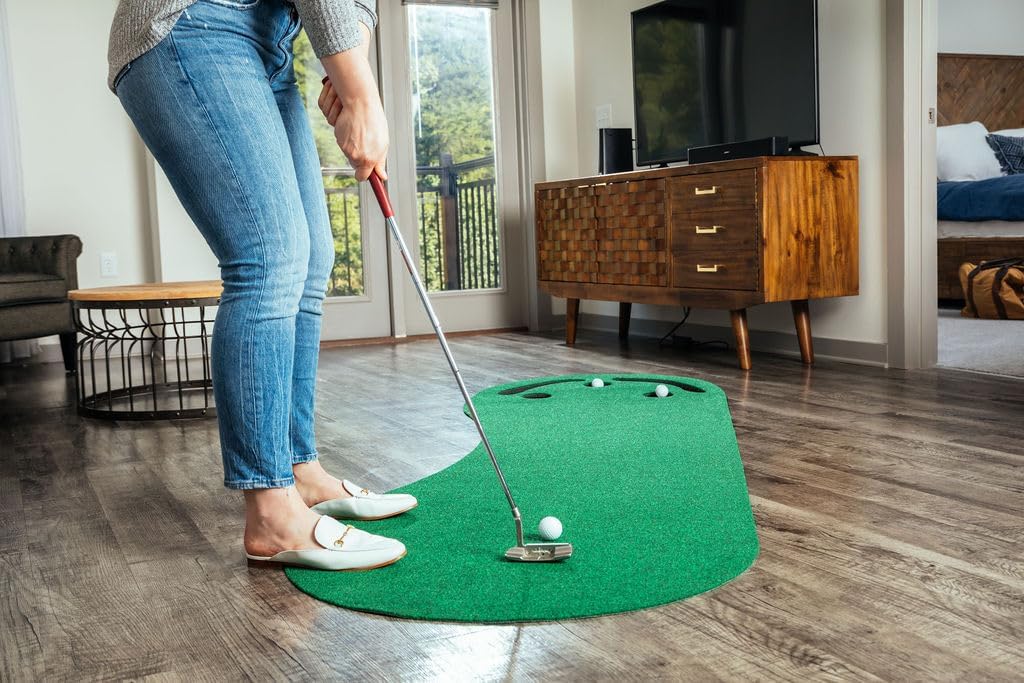
How to Set Up a Low-Cost Practice Space
- Indoor Putting Mat – A basic one costs less than a round of golf.
- DIY Chipping Net – Use a laundry basket or cheap pop-up net.
- Swing Drills – Mirror work helps with posture and mechanics.
- Weighted Club – Strengthen your swing without hitting balls.
If you have backyard space, a hitting net lets you work on full swings. No net? Hang an old bedsheet as a backstop.
3. Maximize Your Driving Range Visits
When you do spend money at the range, make every shot count.
How to Use the Driving Range Efficiently
- Start with Wedges – Work on precision before hitting longer clubs.
- Pick Specific Targets – Aim at different flags or signs.
- Limit Driver Swings – Most golfers over-practice their driver.
- Recreate Course Scenarios – Imagine real fairways and hazards.
Buying a large bucket and mindlessly swinging is a waste of time. Go in with a plan.
4. Develop a Structured Practice Plan

A good practice routine isn’t just about hitting balls—it’s about training with purpose.
30-Minute Plan
- 10 mins: Short putts and distance control.
- 10 mins: Chipping and pitching.
- 10 mins: Wedge shots (30-60 yards).
60-Minute Plan
- 10 mins: Putting drills.
- 10 mins: Warm-up with various clubs.
- 30 mins: Work on your weakest area.
- 10 mins: Simulated course play.
Short, structured practice beats long, unfocused sessions every time.
5. Play Smarter to Save Money
Ways to Cut Down on Costs
- Walk Instead of Renting a Cart – Saves money and burns calories.
- Play 9 Holes Instead of 18 – Costs less and is great for time-crunched golfers.
- Find Off-Peak Tee Times – Early mornings and weekdays are usually cheaper.
- Use Discount Golf Apps – Sites like GolfNow offer deals on tee times.
Playing smarter lets you play more without spending more.
6. Invest Wisely in Equipment
Golf gear is expensive, and beginners don’t need brand-new clubs.
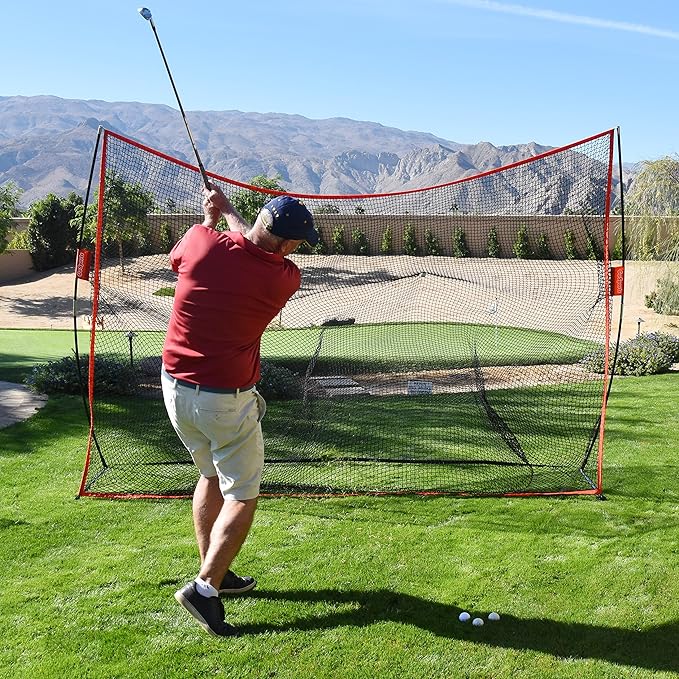
How to Buy Gear on a Budget
- Buy Used Clubs – Many second-hand clubs are barely used.
- Recycled Golf Balls – Buy used balls in bulk at half the price.
- Practice Net – A solid investment for home training.
Your gear doesn’t have to be flashy—just functional.
7. Improve Without Hitting Balls
Golf isn’t just about swinging a club. Mental and physical training matters, too.
No-Ball Training Methods
- Swing in Front of a Mirror – Check your form and grip.
- Use a Grip Trainer – Reinforces proper hand placement.
- Work on Flexibility – Golf fitness matters more than you think.
If you can’t get to the course, keep working off it.
8. Seek Affordable Instruction
You don’t need a personal coach to get better at golf.
Cheap Ways to Learn
- Read Books from the Library – Plenty of classics on golf techniques.
- Watch Free YouTube Lessons – Some pros share expert tips online.
- Take Group Lessons – More affordable than private coaching.
Smart golfers learn before they practice. Don’t waste time reinforcing bad habits.
Frequently Asked Questions
1. How many times a week should a beginner practice golf?
3-4 times per week is ideal, with a mix of short game, full swing, and on-course play.
2. Is it better to practice at a driving range or play rounds?
A mix of both is best. Driving range practice hones mechanics, while playing develops strategy and experience.
3. What’s the best club to practice with as a beginner?
A pitching wedge or 7-iron. These clubs help with control and consistency.
4. Do I need expensive golf balls to practice?
No. Used or budget-friendly balls work just fine, especially when practicing at home or the range.
5. What’s the fastest way to improve my golf game on a budget?
- Focus on your short game.
- Use free online resources for technique.
- Get a putting mat and practice daily.
By following this guide, you can build a golf practice routine for beginners that actually improves your game—without draining your wallet.

